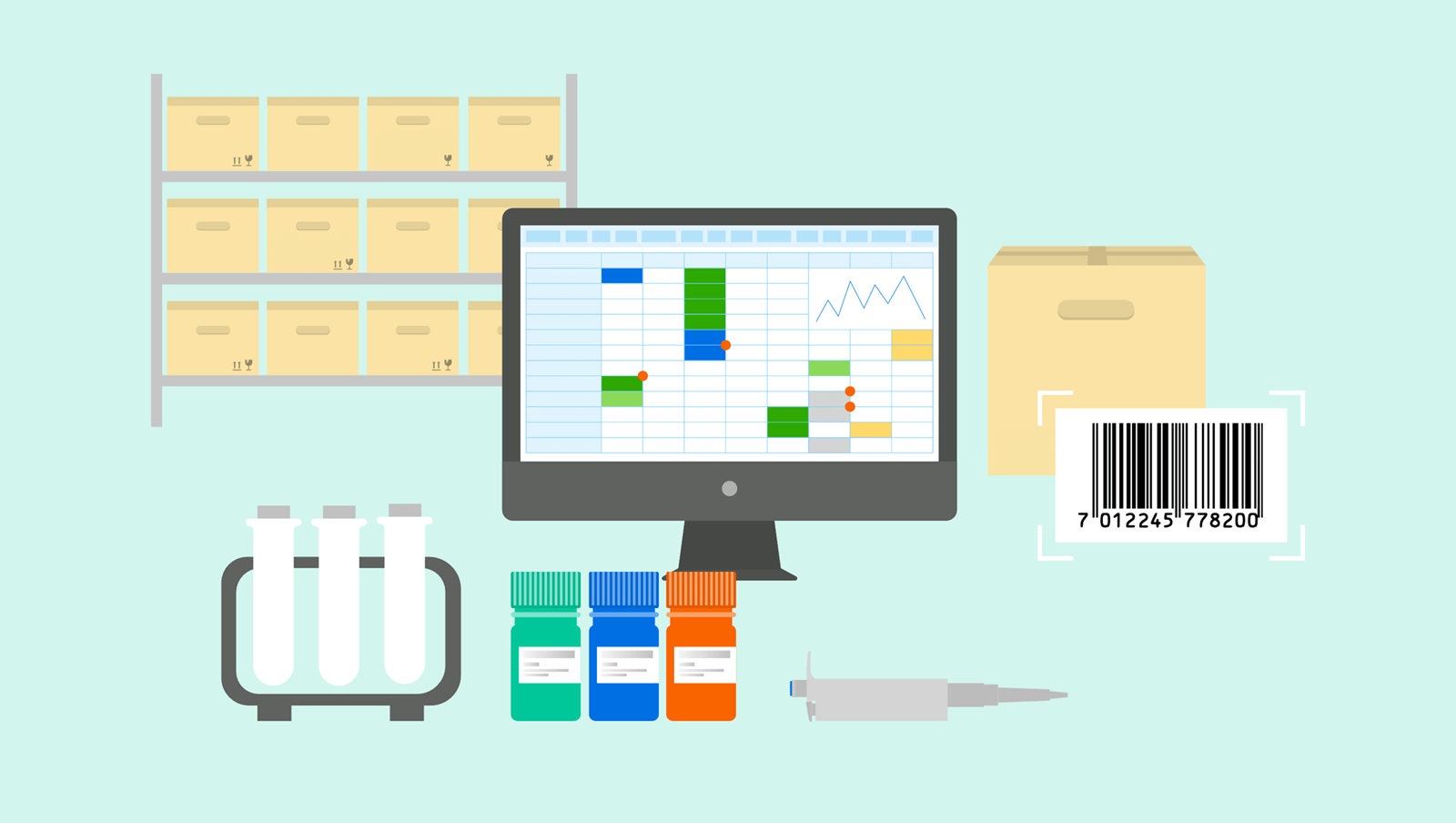What is a Lab Information Management System (LIMS) & Why do lab managers love them?

When it comes to tech tools available to lab managers that are designed to help improve lab productivity and efficiency, it doesn’t get any more straightforward than laboratory information management systems, aka LIMS.
LIMS have been an essential tool in the toolkit of lab managers for a while now, and their popularity has only increased as more and more lab managers were forced to adapt to new remote and hybrid systems over the past year. Now, as lab managers are transferring back to working onsite, many of them are sticking with their LIMS of choice with no plans to revert back to more antiquated (or nonexistent) lab management approaches.
With the increase in LIMS usage by lab managers in recent years — particularly the increase in COVID-19 specific LIMS designed to support lab staff busy diagnosing mass amounts of COVID-19 samples — it comes as no surprise that the LIMS market is booming, with market size projected to reach over 2 billion in revenue by 2026.
Such a substantial market boom would seem unprecedented for software with lesser significance. But for an endlessly useful system like LIMS, this rapid growth in popularity makes sense. So, let’s explore: why do lab managers love LIMS so much?
What is a LIMS system used for?
Laboratory information management systems are software platforms designed to help lab managers keep track of all data and documentation associated with their lab. This includes everything from experiments, samples, laboratory workflows, and instruments to helping manage staff and reduce human error.
Typical LIMS are used less as an additional and more as a member of the lab team. After all, once you have stored all of your data in a particular LIMS, that system becomes a necessary extension of your typical lab practices. It also opens the door for more flexible lab operations that can be accessed independent of physical location with cloud-based platforms.
Tracking experiments, collecting data, and standardizing workflows are all necessary operations in most labs already. Without a substantial LIMS serving as the virtual backbone of your lab, lab managers will have to resort to juggling multiple different single-function systems, like having one software service dedicated to sample-based tracking and another to help manage lab costs. Why not make these processes easier on yourself by storing them all in one central location?
Benefits of using a LIMS
LIMS are an all-encompassing piece of software designed to support lab managers as they oversee the entirety of lab operations. However, not all LIMS are built the same and to serve the same identical functions. When shopping around the for the best LIMS for your lab, look for one that offers these added benefits:
- Helps you to enforce standard laboratory workflows
- Integrates with your other existing systems to increase efficiency
- Reduces the management overhead of the lab and assist you in making a paperless lab your reality
- Eliminates transcription errors and unnecessary workflow steps
- Reduces overall lab costs
- Increases general lab productivity for everyone
- Is user friendly and easy for all staff to learn to use
- Is a more efficient method of working to increase productivity
- Supports a single user and multi-department system
For the top LIMS options, check out these user reviews from lab managers and researchers.
LIMS are a lab manager’s best friend. Need the latest data on a project for a finance meeting? Or to get alerts when a particular program is complete? Check the LIMS and speed up research by limiting downtime.
LIMS are the type of tool where once you begin integrating it into your daily routine, you’ll wonder how you ever managed without one. And if you’re looking to optimize more than just a software revamp, you can begin to design your new biotech lab today with ZAGENO.


